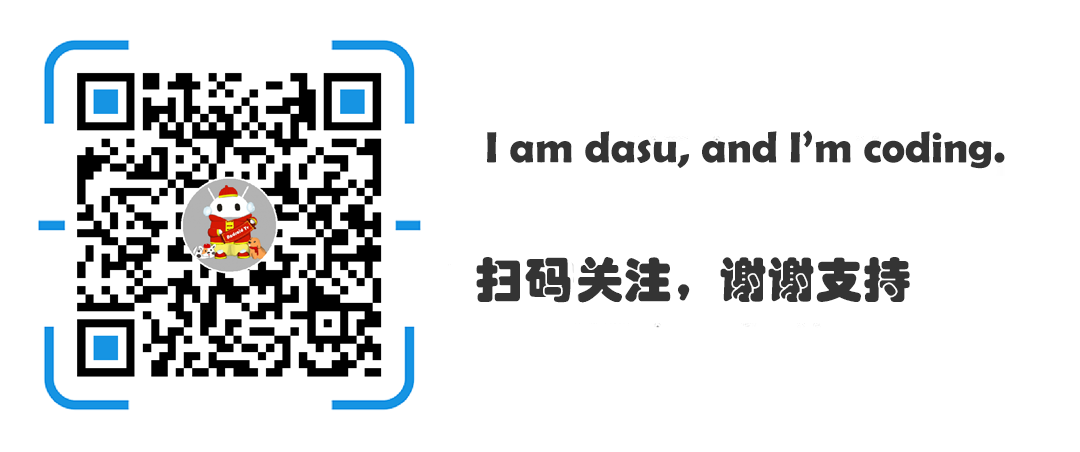本篇文章已授权微信公众号 dasu_Android(大苏)独家发布
Android5.0+推出的新控件感觉特别酷,最近想模仿大神做个看图App出来,所以先把这些新控件用熟悉了。
新控件的介绍、使用等等网上相应的文章已经特别多了,题主也没那能力去写篇详解出来,本篇随笔记录的主要是题主学习这些新控件时遇见的一些困惑以及在搞了半天后的一丝理解,或许也有新手也会碰到跟我一样的困惑,相互学习哈,如果有哪个地方理解错了,还望告知。
#效果
首先看下效果,本篇也就是只记录以下两张动图中所涉及到的新控件

#AppBarLayout+CollapsingToolbarLayout+Toolbar
以前手机里的App风格虽然各种各样,但对于标题栏其实都差不多,很少能见到类似上图中的效果。题主之前一直以为标题栏也就是一个简单的导航栏,也就是放个标题,配几个图标而已。但其实还可以像上面一样实现一些较酷炫的效果的。
首先介绍下这里用到的控件:AppBarLayout+CollapsingToolbarLayout+Toolbar
##AppBarLayout + CollapsingToolbarLayout
AppBarLayout is a vertical LinearLayout which implements many of the features of material designs app bar concept, namely scrolling gestures.
CollapsingToolbarLayout is a wrapper for Toolbar which implements a collapsing app bar. It is designed to be used as a direct child of a AppBarLayout.
上面是官网的介绍,AppBarLayout其实就是一个继承自LinearLayout,默认实现子控件垂直布局的基本容器,相区别于LinearLayout的是,它提供给它的子控件一个响应滑动事件的行为。
CollapsingToolbarLayout则只是一个对Toolbar进行包装,实现了可以对标题栏进行折叠功能的一个基本容器,它是作为AppBarLayout的直接子布局来使用。
这么说好像也不怎么好理解,题主就按自己的理解讲得通俗点,举个例子:
上面那张动图里,标题栏包括了一个Toolbar、一个背景图(imageView)、一个FAB按钮。这里的Toolbar、imageView都是AppbarLayout的子控件。
当滑动屏幕时,子控件都做出了相应的行为(滑出屏幕,固定顶端等),这些行为其实就是AppbarLayout提供给它子控件的功能。也就是说,如果我们想要让我们的标题栏控件能够响应滑动事件的话,就需要用AppBarLayout作为他们的父容器。
至于CollapsingToolbarLayout则是给子控件提供了折叠的功能,什么是折叠呢?往下看
不知道大家学习的时候会不会跟题主一样,有个疑问:既然AppBarLayout已经为子控件提供了响应滑动的行为,那么为什么还需要一个CollapsingToolbarLayout?
我们先来看下,上面那动画实现的布局代码结构:
1 | <AppBarLayout> |
<Toolbar app:layout_scrollFlags="scroll|exitUntilCollapsed"> </Toolbar>1 |
|
<ImageView app:layout_scrollFlags="scroll"> </ImageView>1 |
|
<android.support.design.widget.AppBarLayout
android:id="@+id/appbar"
android:layout_width="match_parent"
android:layout_height="wrap_content"
android:fitsSystemWindows="true"
android:theme="@style/AppTheme.AppBarOverlay">
<android.support.design.widget.CollapsingToolbarLayout
android:id="@+id/collapse"
android:layout_width="match_parent"
android:layout_height="match_parent"
app:contentScrim="?attr/colorPrimary"
app:expandedTitleGravity="bottom|center"
app:expandedTitleMarginStart="48dp"
app:layout_scrollFlags="scroll|exitUntilCollapsed|snap">
<ImageView
android:layout_width="match_parent"
android:layout_height="wrap_content"
android:scaleType="centerCrop"
android:src="@drawable/meinv3"
app:layout_collapseMode="parallax"
app:layout_collapseParallaxMultiplier="0.7" />
<android.support.v7.widget.Toolbar
android:id="@+id/toolbar"
android:layout_width="match_parent"
android:layout_height="?attr/actionBarSize"
android:minWidth="?attr/actionBarSize"
app:layout_collapseMode="pin"
app:popupTheme="@style/AppTheme.PopupOverlay" />
</android.support.design.widget.CollapsingToolbarLayout>
</android.support.design.widget.AppBarLayout>

